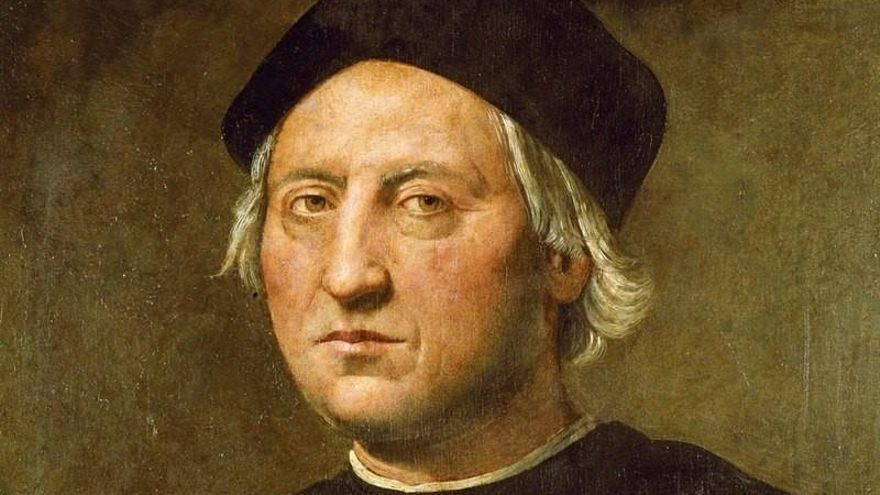
Christopher Columbus was one of the first to leave a written record of the eruption of a volcano in the Canary Islands and it was not on La Palma, where the only active volcano in the Canary Islands, but in Tenerife. Columbus recorded in his logbook the sighting of an eruption when Sailed off the coast of Tenerife in 1492, year in which the island did not yet belong to the Crown of Castile, during his stay in the Archipelago on the occasion of the trip that would result with the discovery of America.
The fact was clear in the two versions that currently exist of the document, since the original delivered to the Catholic Monarchs and the copy of the navigator himself have disappeared.
On the one hand, there is the compilation made by Fray Bartolomé de Las Casas and, on the other, the book ‘The Admiral’s Story’ written in the 16th century by his son, Hernando Colón. In both versions there are slight differences in terms of when they saw it, although the description they observed from the water is maintained.
In the case of the friar, the mention of the eruption is included in the story that begins on August 9 when he says that until the following Sunday Columbus could not reach La Gomera from Gran Canaria, where Martín Alonso Pinzón stayed because La Pinta -which he captained- was poorly conditioned and could not navigate, requiring a set-up.
The admiral returned a few days later to Gran Canaria to help fix La Pinta, which was achieved “with a lot of work and diligence” and then returned to what is now called the ‘Columbian island’. It was on this journey that, according to Bartolomé de Las Casas, the sailors “saw a great fire come out of the sierra of the island of Tenerife, which is very high in a great way”.
“Taking, then, water and firewood and meats and the rest that the men had that the admiral left in La Gomera when he went to the island of Canaria to marinate the caravel Pinta, he finally set sail from the said island of La Gomera with his three caravels on Thursday, September 6, “says the friar in his compilation of Cristóbal Colón’s logbook.
According to Hernando Colón
In the more detailed version of Hernando Colón, it is said that they left the Port of Palos on August 4, 1492 and that during the journey to the archipelago to La Pinta the rudder irons jumped out, a fact that motivated the admiral to he approached them on the Nao Santa María with the suspicion “that such an accident had occurred due to cunning or malignancy of the patron -Martín Alonso Pinzón-, thus believing to get rid of that trip, as he tried to do before leaving”.
However, La Pinta, “remedying itself as best it could”, and the other two ships reached the Canary Islands at dawn on Thursday, August 9, although they were unable to land for the next two days in Gran Canaria because of the wind. .
Faced with this situation, Colón left Pinzón there with La Pinta to arrive as soon as he could and try to procure another ship while he went with the Santa María and La Niña to La Gomera with the same objective, since in the case of not getting a ship on one island could be found on the other.
The admiral touched the Colombian island on August 12 and learned of a ship that had to arrive from Seville, a ship that did not arrive, so after several days without hearing from La Pinta he sent a man in a caravel that was leaving for Gran Canaria to help Pinzón fix the boat.
The days passed without news and Columbus chose to return on August 23 to Gran Canaria with his two ships, meeting the carabelon on the way, which had not been able to reach it because of the wind, and embarking on his ship the man who Had sent.
“He picked up the man who was guiding him and spent that night near Tenerife, from whose mountain huge flames could be seen coming out, at which his people marveling, he gave them to understand the foundation and the cause of such fire, checking everything with the example of the Mount Etna in Sicily and many other mountains where you could see the same thing “, related the son of Columbus.
Finally, once they passed Tenerife, they arrived in Gran Canaria on Saturday, August 25, where Pinzón, “with great fatigue”, had arrived the day before, deciding to patch La Pinta by making a new rudder and changing the sail from Latin to round. so that she could more safely follow her two companions on the journey that awaited them.
















